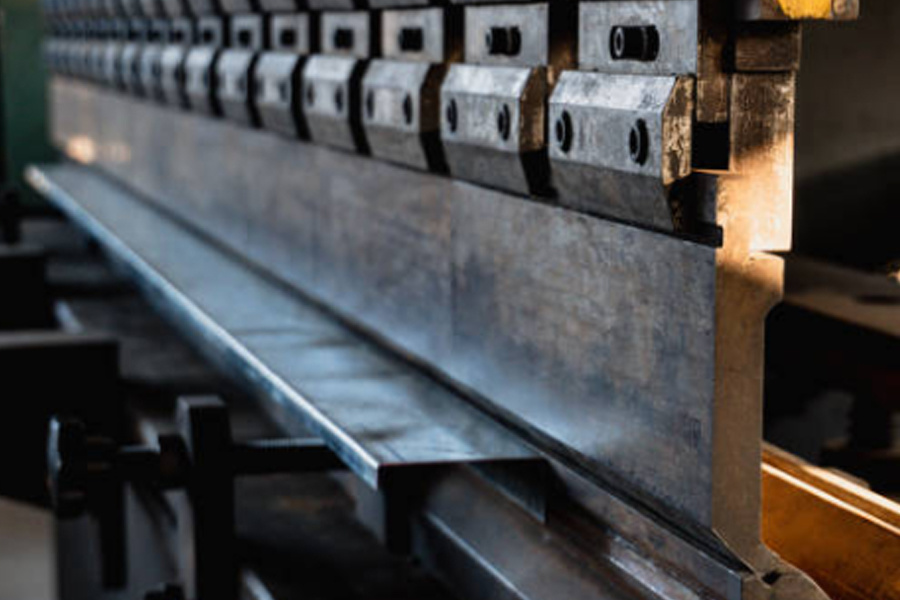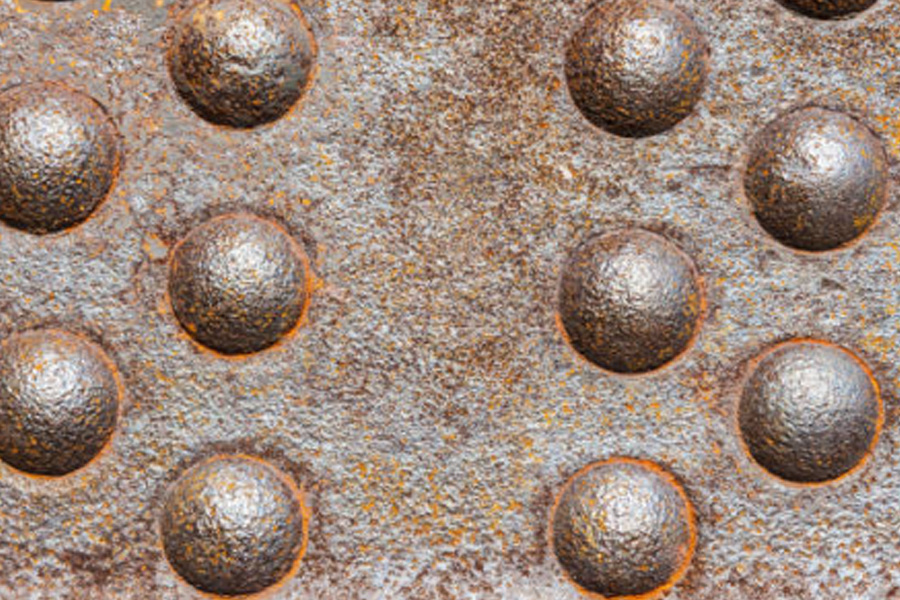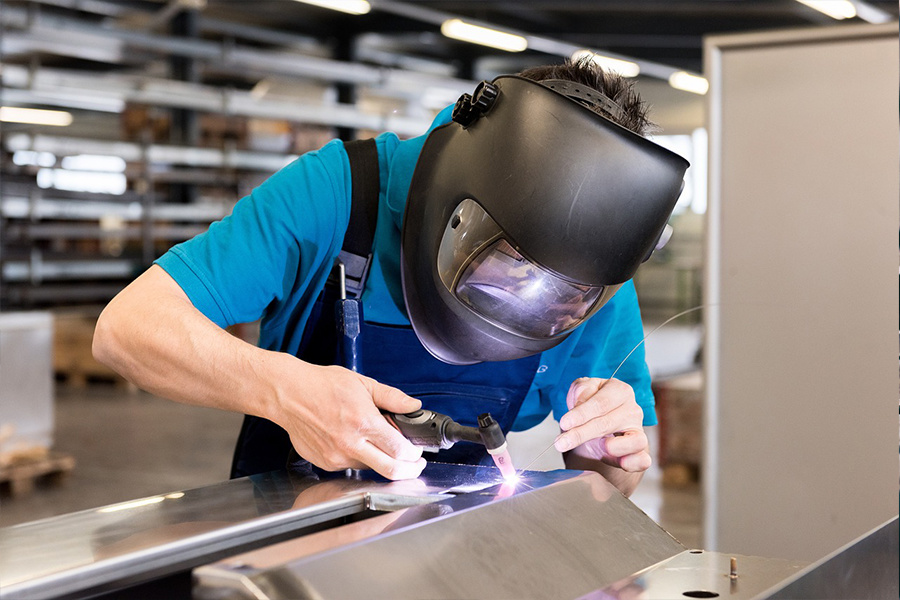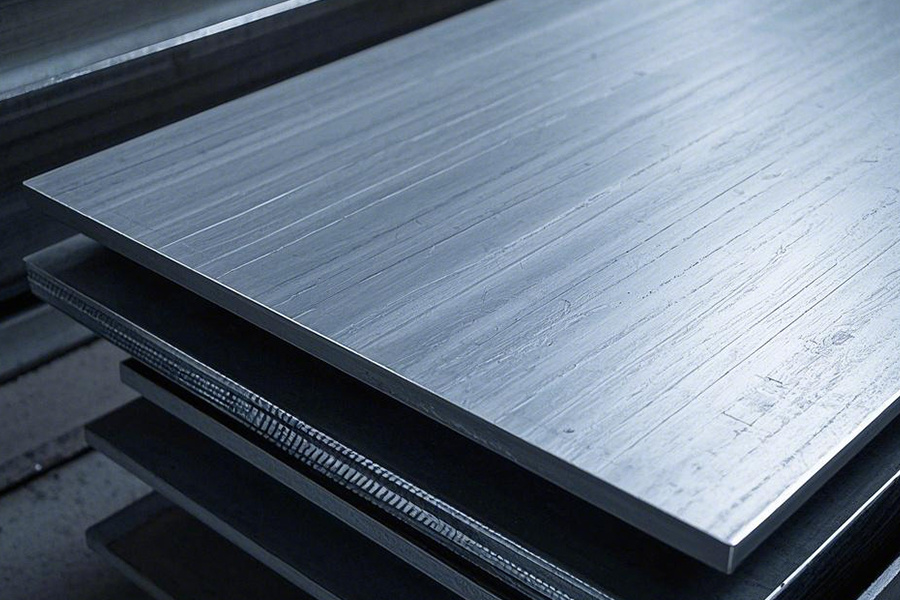Molding process: deformation of stretching and stamping
Release time:
2025-01-09
In Zhuhai sheet metal processing industry, stretching and stamping are key forming processes. Stamping relies on instantaneous pressure to punch, with fast speed and low cost, and is suitable for mass production of simple structures; stretching extends the sheet into a curved surface, with high precision but complex process.
In the field of sheet metal processing in Zhuhai, stretching and stamping, as key forming processes, control the magic of metal sheet deformation and give precise shapes to various products.
Sheet metal stamping is a common method used by many Zhuhai sheet metal processing companies. Taking Chuntian Machinery as an example, its stamping process shines when producing some sheet metal parts with large batches and relatively simple structures. Stamping is to use the mold to apply instantaneous huge pressure to the metal sheet so that the sheet can be quickly formed in the mold cavity. Under this process, the deformation of the sheet is concentrated in the local area where the die punch and the die contact, and the material mainly undergoes shear deformation, just like precise cutting with a sharp tool. It can efficiently punch the sheet into a preset shape, such as the small holes and mounting edges on the common electrical sheet metal shell, which can be completed in one stamping. The production speed is fast and the efficiency is extremely high. It is suitable for large-scale standardized production and greatly reduces the cost of each piece.
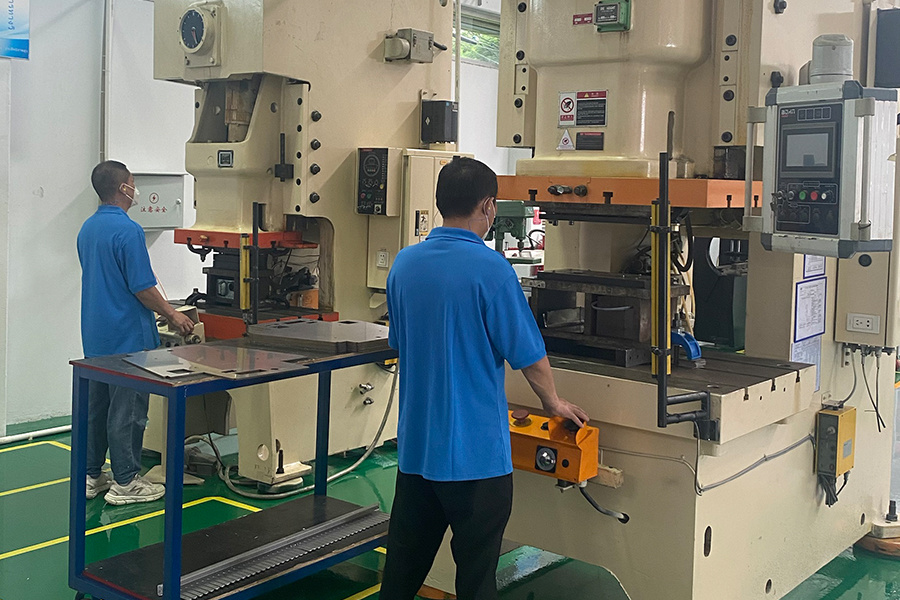
In contrast, sheet metal stretching shows a unique deformation charm. When Zhuhai companies take on some orders that require shape depth and curvature, such as the curved shell of medical equipment and the deep cavity structure of automotive parts, the stretching process comes in handy. The stretching process is to gradually draw a round or square metal sheet blank through a stretching die, so that the sheet is evenly extended and deformed around the mold contour. The sheet is gradually transformed from a flat state to a three-dimensional shape, the metal fibers in each part are elongated, and the internal stress distribution is relatively uniform, so that a smooth and continuous curved surface can be obtained, ensuring the good mechanical properties and appearance quality of the product. However, the stretching process is relatively complicated, and it has high requirements for mold accuracy, lubrication conditions and sheet performance, otherwise it is easy to have defects such as cracking and wrinkling, and the scrap rate will increase.
Based on the practice of Chuntian Machinery in medical sheet metal processing, when processing the shell of small precision medical instruments, stamping was initially tried. Although the speed was fast, the finished product had wrinkles at the transition of complex curved surfaces, affecting the appearance and sealing performance. Later, the stretching process was used, combined with high-precision molds and optimized lubrication solutions, to successfully create a perfect shell that meets the stringent medical requirements, but the production cycle has been extended.
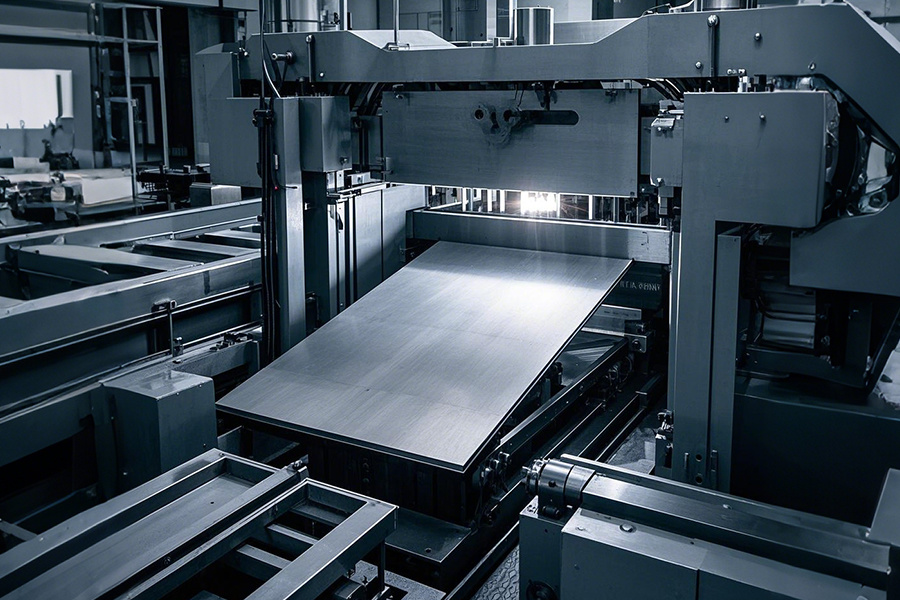
For Zhuhai sheet metal processing companies, it is crucial to have a deep understanding of the deformation characteristics of sheet metal stamping and stretching. When facing different order requirements, we should weigh the two processes like Chuntian Machinery based on factors such as product shape, precision, batch size and cost budget. Whether to choose the high efficiency and low cost of stamping or the high precision and complex forming of stretching, accurate choices can help us gain a firm foothold in the fiercely competitive Zhuhai sheet metal processing market and promote the continuous innovation and development of the industry.
Key Words




